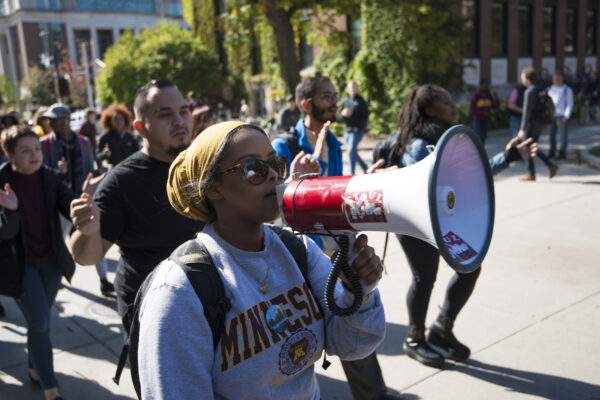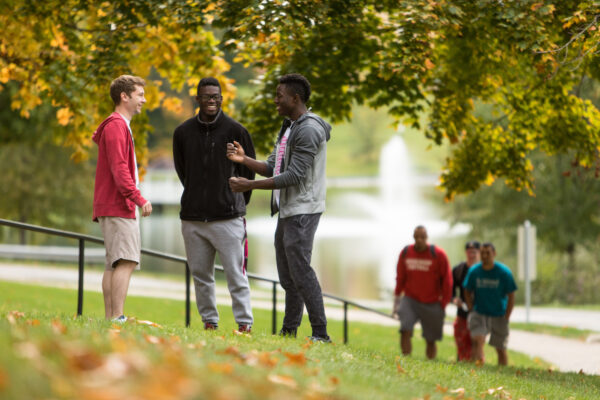How to Handle Free Speech Issues on Campus
Title: Campus Free Speech Guide
Source: PEN America
Author: PEN America
PEN America has published their Campus Free Speech Guide, a digital resource designed to help postsecondary institutions handle free speech issues on campuses.
The guide includes case studies on a variety of speech-related topics, from how to create a healthy campus climate for free speech to how to respond to hateful speech or protests on campus. For each topic, the guide summarizes relevant legislation and offers a resource library with sample policies and statements. The Campus Free Speech Guide also provides practical advice and tips to help students, administrators, and faculty members navigate challenges around free speech.
ACE has published a portfolio of work on how to manage the challenges surrounding campus racial climate and how to balance campus inclusion and free speech. These resources provide valuable information for higher education leaders.
For more details, click here to read the guide.
—Yuan He
If you have any questions or comments about this blog post, please contact us.


